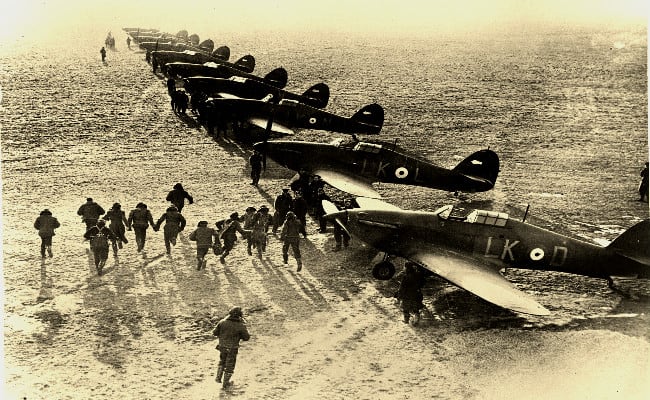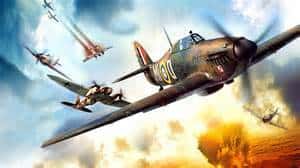The battle of Britain was between Nazi Germany and Britain, and it lasted for three and a half months from July 10th, 1940 to October 31st, 1940. The Germans called it the “Die Luftschalact um England”, meaning “Air battle for England.” The Royal Air Force (RAF) defended the UK against the German Air Force (Luftwaffe). The primary objective […]
Tag Archives: Battle of Britain
Battle of Britain flypast commemorates 75 years since the ‘Hardest Day’ 18 Spitfires and six Hurricanes flew three routes across southern England The event recalled 18 August 1940, when Bromley’s Biggin Hill and other South East military bases came under attack from the German Luftwaffe. It became known as the “hardest day” as […]


